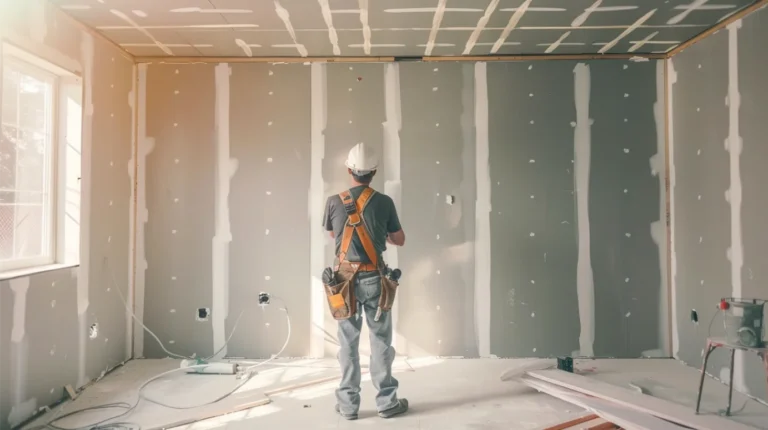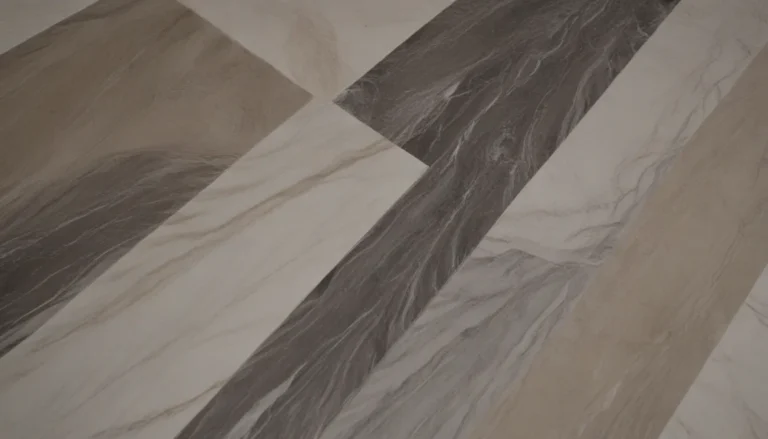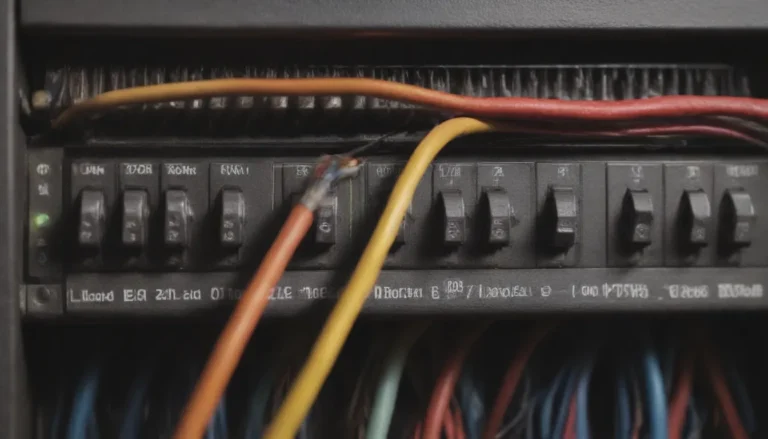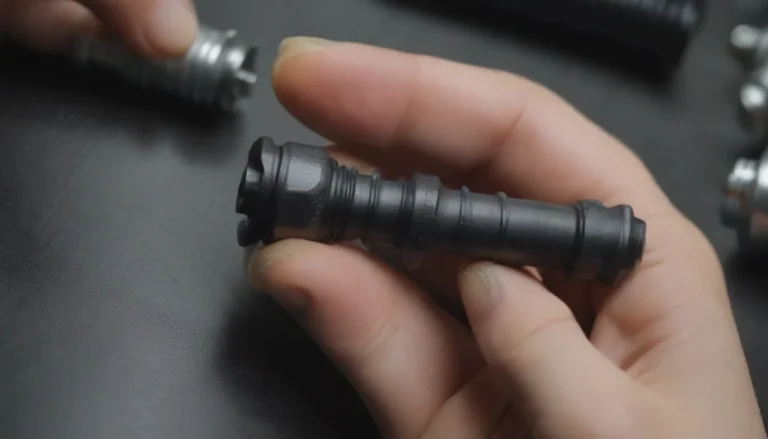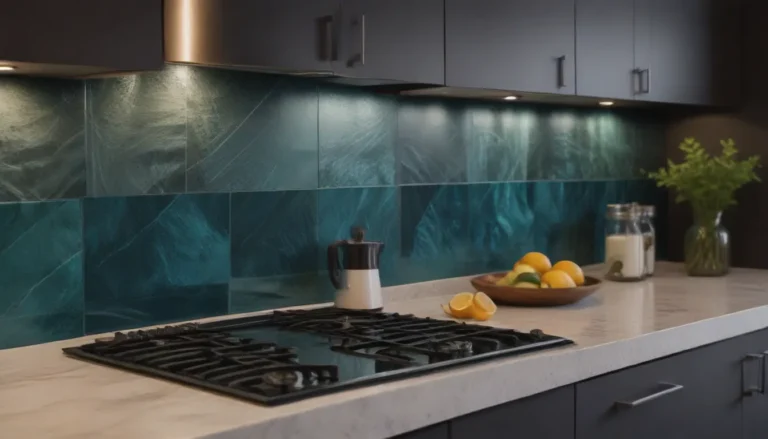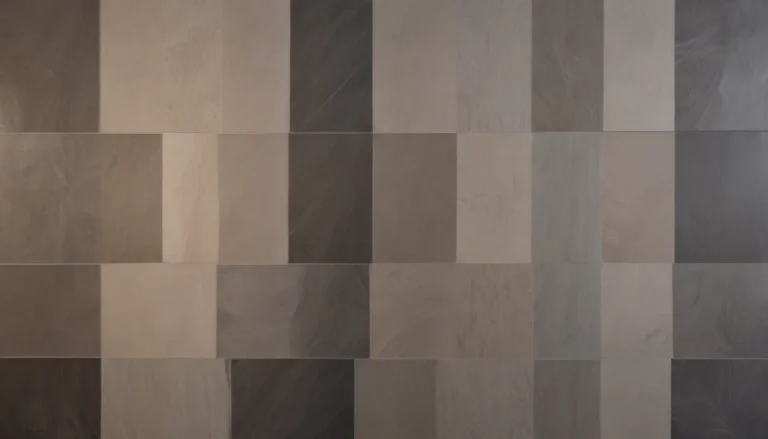Everything You Need to Know About Asbestos Tiles in Your Home

If you live in an older home, you may have come across asbestos tiles in your flooring. Asbestos tiles were commonly used in homes built before the mid-20th century for their durability and fireproofing qualities. In this comprehensive guide, we will explore everything you need to know about identifying and treating asbestos tiles in your home.
Understanding Asbestos Floor Tiles
Asbestos floor tiles were manufactured with asbestos fibers mixed in with the vinyl material to make them more durable. These tiles were popular for their fireproofing abilities and unique stone-chip designs. Brands such as Armstrong, Congoleum-Nairn, KenTile, and Sears & Roebuck were widely known for producing asbestos-containing vinyl tiles.
How to Identify Asbestos Tile Flooring
- By Date: If your flooring was installed between 1952 and 1986, there is a high probability that it contains asbestos.
- By Location: Asbestos tiles were commonly used in high-traffic areas such as kitchens, hallways, and mudrooms.
- By Brand Name: Look for brand names like Armstrong, Congoleum-Nairn, and KenTile on the tiles themselves or in any documentation left by previous owners.
- By Looking Underneath Other Flooring: Sometimes, asbestos tiles were covered with a second layer of flooring. Check in unusual locations like basements, attics, or crawlspaces for excess tiles.
If you are uncertain about whether your flooring contains asbestos, it is best to opt for lab testing. Local testing labs can test a sample of your flooring for a reasonable fee, providing you with peace of mind regarding the presence of asbestos.
Treating or Removing Asbestos Tile Flooring
If you discover that your vinyl tiles contain asbestos, it is essential to take precautions to avoid disturbing the tiles. Asbestos fibers can be released into the air if the tiles are removed, sanded, or cut. Here are some key considerations when dealing with asbestos tile flooring:
- Leave Intact: If possible, leave the tiles intact and avoid disturbing them to prevent the release of asbestos fibers.
- Professional Removal: For significant removal projects, it is best to hire an abatement company to safely remove the asbestos tiles.
- DIY Removal: If you choose to remove the tiles yourself, take precautions such as misting the area with water to prevent airborne particles.
When replacing asbestos tiles with another type of flooring, you can opt for options like ceramic or porcelain tile, laminate flooring, or solid hardwood. It is crucial to follow proper installation techniques to ensure the safety of your home and family.
By following these guidelines and taking the necessary precautions, you can safely identify and treat asbestos tiles in your home. Remember to prioritize safety when dealing with asbestos-containing materials to protect yourself and your loved ones. If in doubt, always consult with a professional for guidance on handling asbestos materials in your home.
